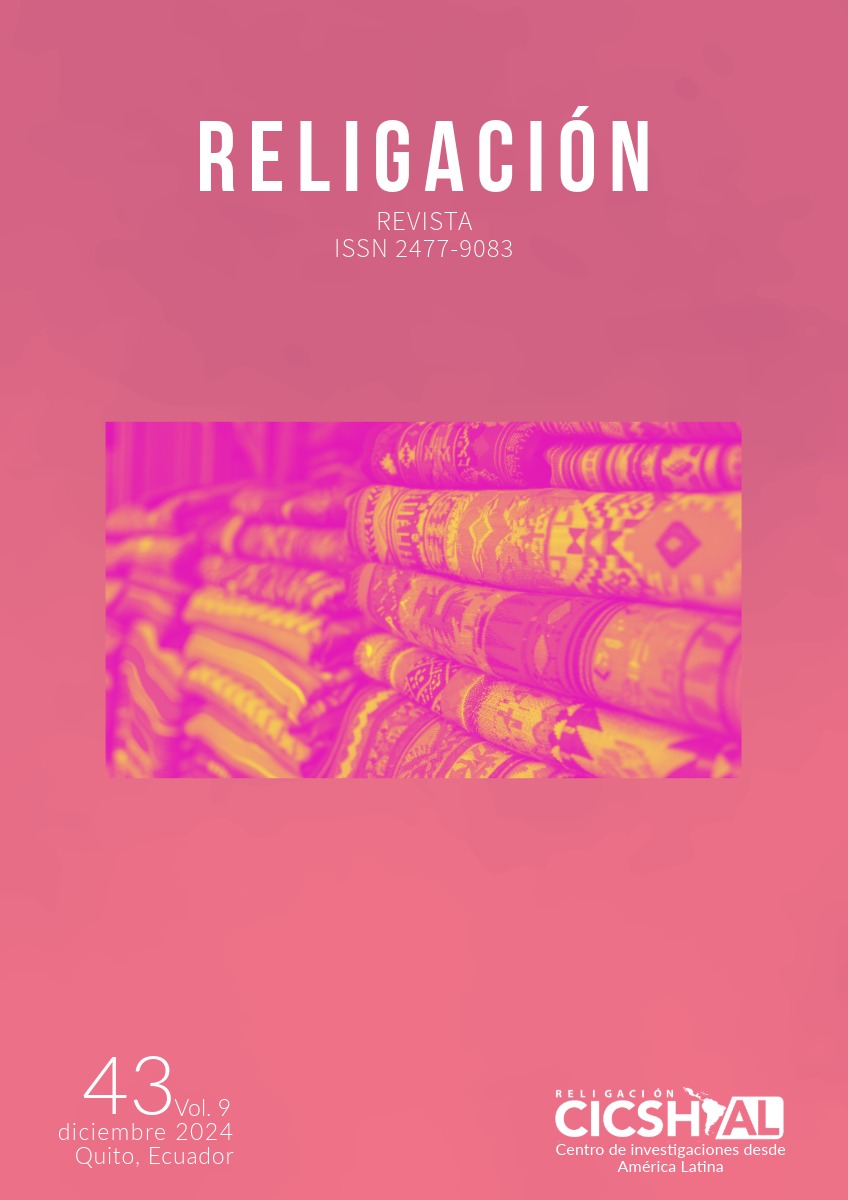Proposal for the construction of social interest housing using sustainable materials on the Joa de Jipijapa site
Abstract
This study proposes the construction of social housing in the Joa site, in the Jipijapa canton, using sustainable materials to address the problem of the shortage of adequate housing and the environmental impact of traditional construction. The objective is to evaluate the technical and economic feasibility of implementing a bioclimatic approach in the design of these homes. A mixed methodology was used that included literature review, case analysis and surveys of local residents, the results of which indicate that the use of sustainable materials not only reduces the environmental footprint, but also offers long-term economic benefits, such as energy savings. and the improvement in the quality of life of the inhabitants. It is concluded that the adoption of sustainable construction practices is viable and necessary for responsible urban development in the region.
Downloads
Metrics
References
Acosta, W. (2013). Vivienda y clima: diseño. En Bibliografía sobre Arquitectura Susten-table. Consejo Profesional de Arquitectura y Urbanismo, 72.
Cruz, M., López, J., & Pérez, R. (2020). Sustainable materials in housing construction: An overview. Journal of Environmental Management, 250.
González, A., & Martínez, L. (2022). Historical perspectives on sustainable building practices. Construction and Building Materials, 320.
Leiva, D. D. (2019). Metodología para la construcción de edificaciones sostenibles. Corporación Universitaria UNITEC.
Moreira Macías., L. C. (2019). Construcciones sostenibles: materiales ecológicos en viviendas de interés social (VIS) como aporte al hábitat urbano. Diseño Arte y Arquitectura, 1(7), 67–81.
Pérez, J., & López, A. (2021). Energy efficiency in social housing: A sustainable approach. Renewable Energy Research Journal, 11(2), 123-134.
UN-Habitat. (2019). World Habitat Day Report. United Nations.
Copyright (c) 2024 Glider Nunilo Parrales Cantos

This work is licensed under a Creative Commons Attribution-NonCommercial-NoDerivatives 4.0 International License.











